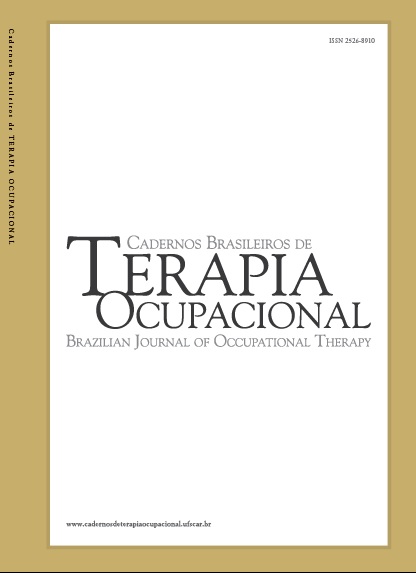LGBTIQA+ students’ perceptions of discrimination and barriers during their education in health professions
DOI:
https://doi.org/10.1590/2526-8910.ctoAO401739173Keywords:
Gender Diversity, Social Discrimination, Activities of Daily Living, UniversitiesAbstract
Introduction: Belonging to the LGBTIQA+ community can represent a challenging and complex experience within a heteronormative society. International studies have documented various forms of discrimination affecting this group, which directly impact their occupational participation. This study was conducted with the student body of the Faculty of Medicine at the University of Chile. Objective: To analyze the perceptions of LGBTIQA+ students regarding discrimination and barriers to occupational participation at the Faculty of Medicine of the University of Chile during their time as university students. Method: A qualitative methodology was employed, using a phenomenological design with an exploratory scope. Data were collected through 12 semi-structured interviews with undergraduate students enrolled in eight different academic programs within the Faculty of Medicine. The data were subsequently analyzed using content analysis. Results: Most participants reported experiencing multiple forms and settings of discrimination, as well as several barriers that directly hinder their occupational participation. Discriminatory experiences were found to affect various occupations, including personal hygiene and restroom use, classroom engagement, recreational and extracurricular activities, and even the use of public transportation. Emerging themes included criticism of institutional policies, the importance of support networks, and new demands that surfaced during the interviews. Conclusions: The Faculty of Medicine is perceived as a heteronormative environment in which incidents of discrimination toward the LGBTIQA+ community have occurred. These experiences limit students’ full occupational participation in various ways. Additionally, participants raised concerns about the lack of representation and insufficient curricular coverage of health issues related to this population. The findings highlight the need for continued research on the occupational participation of LGBTIQA+ individuals in both higher and secondary education contexts.
Downloads
Published
How to Cite
Issue
Section
License
Copyright (c) 2025 The Authors

This work is licensed under a Creative Commons Attribution 4.0 International License.


